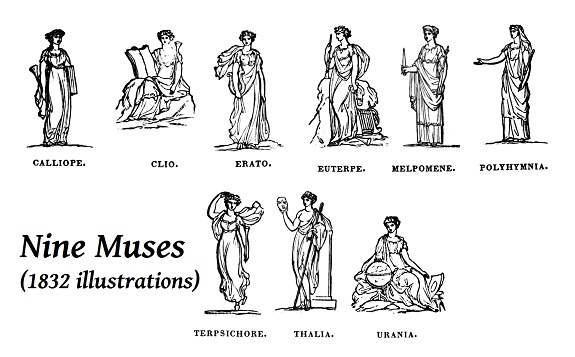

“I feel like Picasso and other 20th-century artists played into these myths of the muse,” the author tells Atlas Obscura. To Millington, Picasso used the word “muse” as something to hide behind, a way to obscure the real story. The attack destroyed about 70 percent of Guernica and killed or injured 1,600 people-roughly one-third of the town’s total population. Picasso’s style may have informed Maar’s own work, but she introduced him to photography and “to her ultra-left-wing politics at a time when it was really rare for women to be a member of such parties.” In fact, her daring political stance likely led the artist to paint Guernica, a sprawling black-and-white painting depicting the 1937 German bombing of a Basque town during the Spanish Civil War. When it comes to Picasso’s relationship with Maar, for example, the two were in many ways symbiotic, Millington tells Atlas Obscura’s Sarah Durn. The answer, of course, is murky and lies somewhere in the middle. Millington asks whether muses are simply taken advantage of or if they are inspiring forces with real agency. The book is divided into seven chapters looking at the muse’s every facet: as an artist in their own right, as the self, as a family member, as a lover, as a performer, as a representative of an artistic movement and as a social message. These categorizations expand our very idea of what it means to be a muse. Millington’s own definition of muse is broad and unconventional, encompassing not just the person behind the portrait but the celebrity crafting a specific image, the film star who plays a thousand roles in one photo shoot and the artist whose favorite subject is herself. The artist-muse relationship was one that was revered, and poets, at their mercy, paid homage to those divinities.” “Instead, they were agents of divine inspiration. “At their ancient origin, the muses were far from passive subjects for an artist to paint or write about,” Millington explains. Public domain via Metropolitan Museum of Art Epic poems like Hesiod’s Theogony, the Odyssey and the Iliad all begin with some sort of invocation to a goddess or muse. She compares our contemporary idea of the muse to the ancient Greek muses, nine goddesses who represented the arts, rhetoric, tragedy, dance and astronomy, among other disciplines. Muse pushes back on the perception of muses as submissive, a blank canvas rather than one bursting with ideas. Millington also explores the story of Klimt’s longtime friend Emilie Flöge, a fashion designer whose clothes featured in the painter’s work and who may have been depicted in The Kiss (1907–08). (De Pareja went on to become an artist in his own right.) In another, the scholar looks at Picasso’s Weeping Woman, an anguished 1937 portrayal of his lover, photographer Dora Maar. In the first chapter, she analyzes Velázquez’s 1650 portrait of his then-enslaved assistant, Juan de Pareja, whom the artist would later release from bondage. Millington’s analysis examines the muses of famous painters like Diego Velázquez, Pablo Picasso and Gustav Klimt. The fascinating true stories of 30 incredible muses-and their role in some of art history's most well-known masterpieces Buy Muse: Uncovering the Hidden Figures Behind Art History's Masterpieces According to the Art Newspaper’s Gareth Harris and José da Silva, the 30 muses featured include an array of “unexpected and overlooked figures,” as well as better-known individuals. In Muse: Uncovering the Hidden Figures Behind Art History’s Masterpieces, art historian and critic Ruth Millington explores the lives of a collection of muses, the role they played in art history and the legacy they left through their own lives. But a new book argues that we’ve had it all wrong. Just think of the Mona Lisa’s half-smile, so permeated in the public consciousness that a mere mention brings it viscerally to mind.ĭiscussions of muses usually center the artist first, with the painter as creator and the muse as sitter. Who were they? What were their lives like? How did they know the artists who painted them? But their almost inscrutable nature, the way their persona is both splashed across the canvas and hidden from it, defies our curiosity-and is precisely what engenders so much fascination. The most iconic muses in art history implore us to ask more questions.


 0 kommentar(er)
0 kommentar(er)
